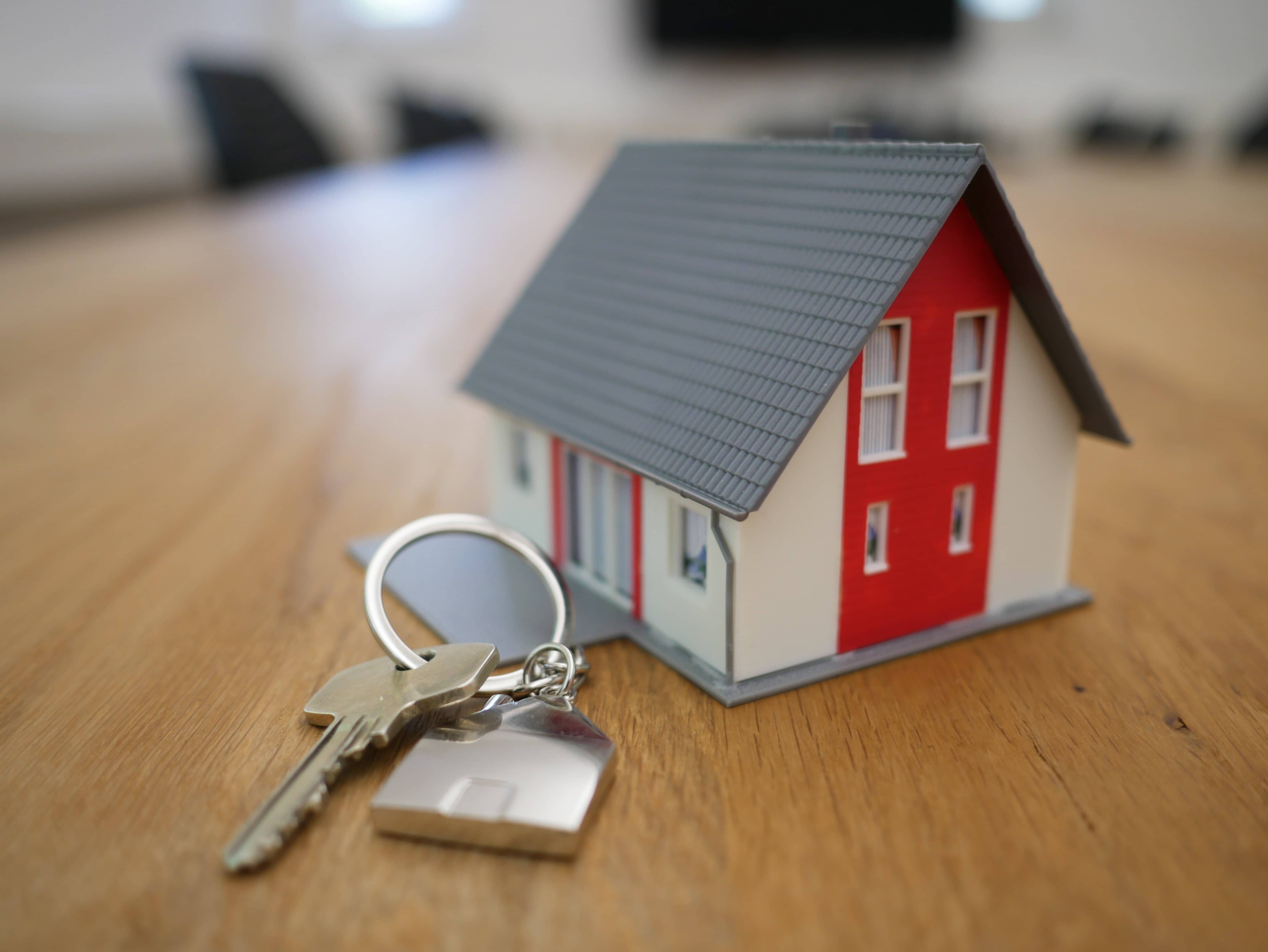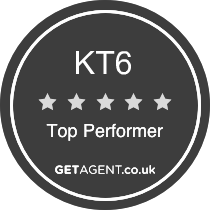In this ultimate guide to Buy-to-let we explore everything you need to know about the process, whether it's still a smart investment in 2023 and what pitfalls you should look out for.
How much deposit do I need to get a buy-to-mortgage?
A standard mortgage can be secured with a deposit of as little as 5%. The minimum deposit for a buy-to-let mortgage is usually 25%. You also typically need to earn at least £25,000.
Are mortgage rates higher for buy to let properties?
Some of the fees and interest rates for buy-to-let mortgages can be higher than standard mortgage rates.
The fees tend to be higher and the interest rates do too. Most buy-to-let mortgages are interest-only which means that you pay the interest each month but not the capital amount. At the end of your mortgage term you repay the original loan in full. You can get a buy-to-let mortgage on a repayment basis but most buy-to-let mortgage lending is not regulated by the FCA. There are exceptions to this. For example, if you wish to let you property to a close family member. These are often referred to as a consumer buy-to-let mortgage and would be assessed according to the same rules as a residential mortgage.
What are the disadvantages of buy to let?
There are a few disadvantages to buying to let that are worth considering. Firstly, your tax bills will be higher which could eat into your profits. You’ll also need to ensure that you have the correct insurance in place as otherwise you might not generate any income should your property be unoccupied.
It’s also worth remembering that your capital will reduce if property prices fall - this is especially important if you have an interest-only mortgage as you’ll need to make up for any shortfall if your property ends up selling for less at the end of your mortgage term.
Being a landlord is also a big responsibility and it’s worth doing your research before you embark on becoming one to ensure that you have the time and energy to manage your property. You can, of course, also instruct an agent to help as long as you have factored in those costs.
What are the advantages of buy to let?
Having taken all the above into account, there’s still great money to be made in buy-to-let if you go into the process with your eyes open. Firstly, you’ll earn rental income which, whilst it may not be as high as it might have been a few years back, is not insignificant. You’ll also generate capital growth and your property value increases.
It’s also worth remembering that you can take out insurance to cover legal cost, damage to your property and loss of rental income.
How much tax will I pay on a buy-to-let property?
As of April 2016 a 3% stamp duty surcharge applies on second homes and buy-to-let properties in England, Wales and Northern Ireland.
As a landlord you’ll have to pay the 3% surcharge on the whole property which would mean you’d be paying an extra £12,000 on a rental flat worth £400,000. This surcharge is on top of usual stamp duty rates.
Before April 2020, private landlords were able to deduct mortgage interest payments from their rental income when calculating their tax liability - known as mortgage interest tax relief.
Now, buy-to-let landlords have to pay income tax on their entire rental income, regardless of how much is absorbed by mortgage interest.
Instead, landlords can take advantage of a 20% tax credit on the interest which makes the change in law neutral for most of those in the basic tax bracket. However landlords who pay income tax at 40-45% will be paying a lot more than before.
Can I buy-to-let as a first time buyer?
The short answer is, yes. However, lenders will view you as high-risk given you do not own a property. It’s also important to remember that not every mortgage lender will accept first-time buyers and will only offer buy to let mortgages to existing homeowners.
How can I make buy-to-let work for me?
Decide your strategy: Fail to prepare, prepare to fail as the saying goes. Buying a property to let is a business decision and as such you should create a business plan ahead of your initial investment. You’ll need to consider how much money you’re willing to invest, whether you’ll need a mortgage, the purpose of your investment, what kind of property you want to invest in (e.g. student property, family home or commercial) and your exit strategy.
Do your research: you’ll need to have a very clear understanding of everything to do with your property you’re planning to purchase. Understanding the kind of properties and locations that will have the best yield for you is very important at this stage. It’s also worth looking into problems that can arise as part of owning a buy-to-let property - it’s a good idea to talk to landlords in a similar position to hear about their experiences.
Choose the right property: this all falls under research but it's imperative to choose a property in an area that is best for your rental yields and to consider if you want to do work to the property or if you want something that is ready to move tenants into. Talking to local estate agents about the best properties is a great idea as they’ll have the knowledge to be able to advise.
Choose your tenants: now is the time to think about what tenants you’d like to have in your home. Will you allow children, pets, smokers, students? Will you vet the tenants or will your letting agent?
Make a management plan: will you manage your property or will you instruct a letting agent to do it? It’s important to decide this early on as if you’re managing the property yourself you’ll have to factor in finding maintenance workers, work out how you’ll find tenants and how you’ll manage the property day to day alongside any other responsibilities you may be juggling.
Do the maths: before embarking on a buy-to-let investment it’s important to have a clear idea of the costs. Understanding the cost of stamp duty, solicitors fees, mortgage fees, insurance costs, maintenance costs and letting agents fees along with potential void periods is really important to ensure you are properly prepared.









